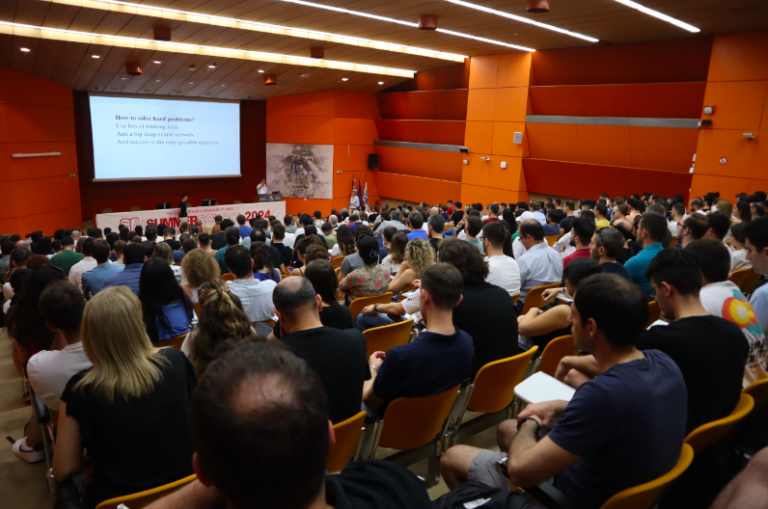Analyzing Birth Trends: The Rise of Post-39 Births in Greece
Since 1990, birth rates have undergone significant changes across various age groups. While the total number of births has dropped by over 30%, the number of births to women aged 40 and above has surged fivefold, now accounting for 8-9% of total births compared to just 1.4% in the early 1990s. In the same period, births from women aged 30-39 nearly doubled, whereas rates for those aged 20-29 and under 20 have dramatically declined. These insights are drawn from the latest digital bulletin by the Institute for Demographic Research and Studies (IDEM), authored by Vyronas Kotzamanis, a Professor at the University of Thessaly and Director of IDEM.
The Surge in Post-39 Births: Causes and Implications
What accounts for this notable increase in births among women over 39? How does the fertility of women aged 40-49 impact current birth statistics compared to three decades ago? Kotzamanis argues that the primary reason for this trend is the shift in childbearing age to older demographics. This change is influenced not only by an increase in the population of women in this age bracket but also by advancements in assisted reproductive technologies, which more couples are increasingly utilizing.
Despite this surge in older maternal age births, their contribution to overall fertility rates remains limited. For instance, if women born in 1951 had a fertility rate of zero in their 40s, the total number of births would decrease by only 25 children, and the reductions for women born in 1961 and 1981 would be similarly modest at 39 and 95, respectively.
Looking ahead, Kotzamanis warns that while assisted fertility techniques are improving, significant increases in births among women aged 40 and older are unlikely in the next two decades. Without positive migration, the number of women in this age group is projected to decline from 795,000 in 2022 to 500,000 by 2042. Consequently, their role in boosting generational fertility rates will also be minimal.
Fertility Gaps and Childlessness in Greece
Greece faces notable fertility challenges, with significant gaps between desired and actual childbearing. Women from the 1970-75 generation express a desire for more children than they will realistically have—20% fewer than their ideal. Additionally, the rate of childlessness in Greece is approaching 23%, compared to 15% in France. Kotzamanis attributes these discrepancies to differing national policies that have historically supported family growth.
A Call for Change
To improve fertility and birth rates—currently projected at 72,000 in 2023—Greece must create a supportive environment for family formation. Such changes could reduce childlessness, lower the average age of first-time mothers, and encourage larger families. Without this favorable environment, births are expected to stagnate at 68,000 to 72,000 annually, resulting in a negative natural balance of approximately 60,000 each year due to higher death rates.
By fostering conditions that allow families to thrive, Greece could potentially add 200,000 children over the next 25 years, positively impacting future demographics and the labor force. The challenge lies in transforming the current landscape to meet the aspirations of younger couples.
Ask me anything
Explore related questions





